![]()
For Canon, Nikon and Panasonic, 2018-2019 was the first year where they all truly “went for it” when it comes to mirrorless. All three released full-frame mirrorless cameras, and all three seemed to have different priorities with those releases. In this three-part series, we’re looking at each of these companies in their first year and evaluate where each of them stands today in what is now a very competitive market.
Last week we looked at Canon’s RF mount, and this week we’re going to examine Nikon’s Z mount, which has supported three cameras and 10 lenses since its release a year ago.
Author’s note: We reached out to Nikon well in advance of this article to gain more of an understanding of the brand’s goals for the Z mount and their plans for the future. Unfortunately, Nikon declined to comment.
From the outside looking in, Nikon’s strategy with their Z mount revolved around the cameras offered at launch, and not the lenses. Coining the Z7 as “a mirrorless D850,” there was the considerable expectation that it would be a high-end, pro-level camera to compete with Sony’s dominance. Though it and the Z6 ended up being very capable cameras, that expectation of a D850-level camera in a mirrorless body was not met.
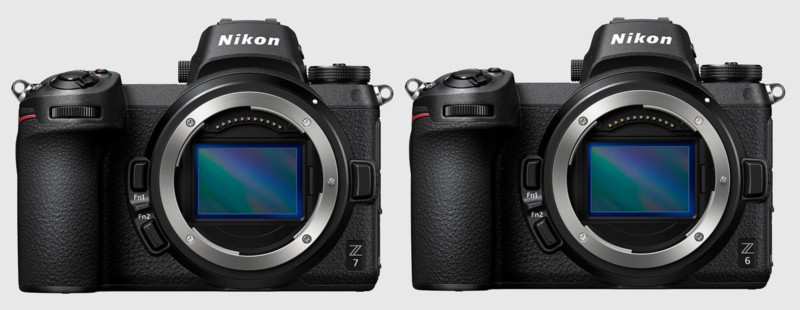
Though it could seem like the Z cameras were being harshly criticized over a small thing, the biggest uproar against the cameras stemmed from their single card slot. Initially, I discarded this complaint as nitpicking the cameras and trying to find anything wrong with them to go after. But after considering them over the course of the last year, I have to agree: the single card slot in what was supposed to be a pro-level body was a mistake.
“I somewhat agree with the sentiment about the one card slot,” said Dan Watson, a Miami-based professional wedding photographer and camera reviewer from the YouTube channel Learning Cameras. Watson is a fan of the Z cameras and has been using them extensively since they were released.
“I do feel that XQD cards are the best in reliability, and though I am bothered by the single slot, if there were any camera and memory card combination I would make an exception for, it would be the Z6 because it’s an XQD card,” Watson says.
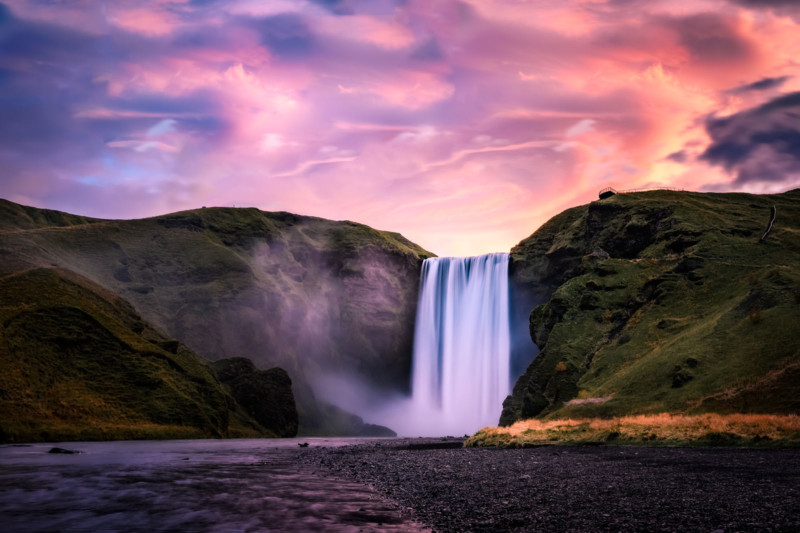
Although the Z7 was billed at its launch as the top-end mirrorless camera that Nikon would be producing, in the face of the criticism Nikon walked that back, saying that a higher-end mirrorless would be coming.
It was in this interaction with criticism that it appeared that Nikon was not, at least initially, prepared for the blowback that resulted from that single card slot.
Canon appears to have gotten a pass from this criticism as they never coined the EOS R as pro-level. Nikon’s mirrorless, on the other hand, has continued to struggle with a poor reputation among professional shooters due to a mix of the disappointing camera bodies and the lack of high-end optics. This sentiment is backed by regular news of poor financial standing at Nikon.
On that note, the other side of Nikon’s strategy apart from making a high-end body was to compliment their cameras with affordable, but still solid, lenses. Though not “professional” on the outside, Nikon’s lens offerings were nonetheless largely sharp and reliable.
Unfortunately, among the pro crowd, the lenses just weren’t cutting it.
“I also kind of agree that they have a more limited supply of pro lenses,” Watson told us. “Some of the advantages those lenses have been in other areas, such as being more compact and portable (three or four in a single bag rather than say two with Canon), but it’s certainly a tradeoff. Other than the 24-70mm, most of their lenses so far I don’t consider pro.”
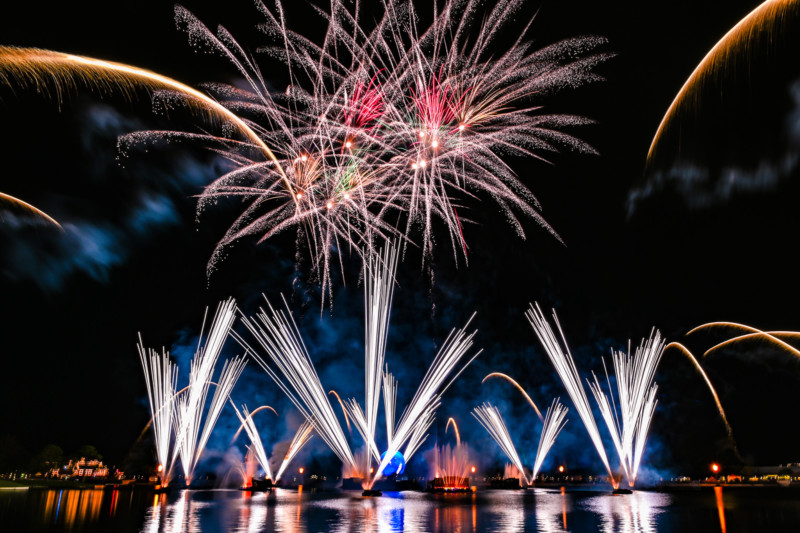
That said, Watson still uses the system regularly.
“I still use them because I feel that they have advantages in other areas,” he says. “When I was traveling around Iceland alone, and backpacking through most of it, I was able to fit multiple lenses in my bag easily. The 14-30mm is a pretty extreme wide, and while f/2.8 is the pro sweet spot the f/4 doesn’t bother me for landscapes.
“And though the weather sealing isn’t top of the line, it’s good enough and I have soaked them pretty good. I pretty much stood under a waterfall for 30 minutes and they’re fine.”
In their first year, Nikon has released ten lenses:
Of those ten lenses, all five of the zoom lenses cover the same focal range as the primes, and none of the primes are what are considered top-end optics except for the nigh unattainable 58mm Noct. The timing, pricing, functionality, and availability of this lens is a topic we’ve already covered.
Nikon has yet to release a 70-200mm lens, for example, and its primes on offer are good, but not top-tier fast. Additionally, Nikon still has not released a 24-105mm f/4 lens, instead opting to launch two 24-70mm lenses, one at f/4 and one at f/2.8.
In all fairness, the lenses here are actually quite capable, and there are many photographers who enjoy them.
“I argue that the f/1.8s and the f/4s were essential for them to start with,” Ted Forbes of The Art of Photography told PetaPixel. “One, they’re affordable, so the idea was it would encourage people to try them out. I think the 50mm f/1.8 is an incredible lens. You’re not really missing the extra light from the 1.4. The same can be said of the 85mm.”

Those who are still waiting for something better though are the top-tier professional shooters. Not only are they concerned about the lack of a second card slot, but the optics on offer, save for the new 24-70mm, just aren’t up to snuff compared to the competition.
You can hear Forbes discuss this a bit more in the video above, which we’ve timestamped at 7:54 where he specifically discusses Nikon Z lenses.
“Nobody gets excited about a 50mm f/1.8,” Forbes says. “But when you actually look at the images you capture with it, then you can really step back and say ‘wow.’”

Forbes wasn’t as enthused about the 35mm, which he says will change its focus point depending on your aperture, but he is overall pretty happy with the primes on offer. “A couple of the lenses are dynamic. I don’t like the Nikon DSLR 50mm lenses, but I think the 1.8 Z lens is the best 50mm lens they’ve ever made and at $600.”
But perception is half the battle. If the lens isn’t seen as pro, it is at a disadvantage regardless of its performance. On the other side, Sony, Panasonic, and Canon all have multiple high-end optics available for their mirrorless systems. Nikon only has one, aside from the aforementioned just-about-unattainable 50mm Noct.
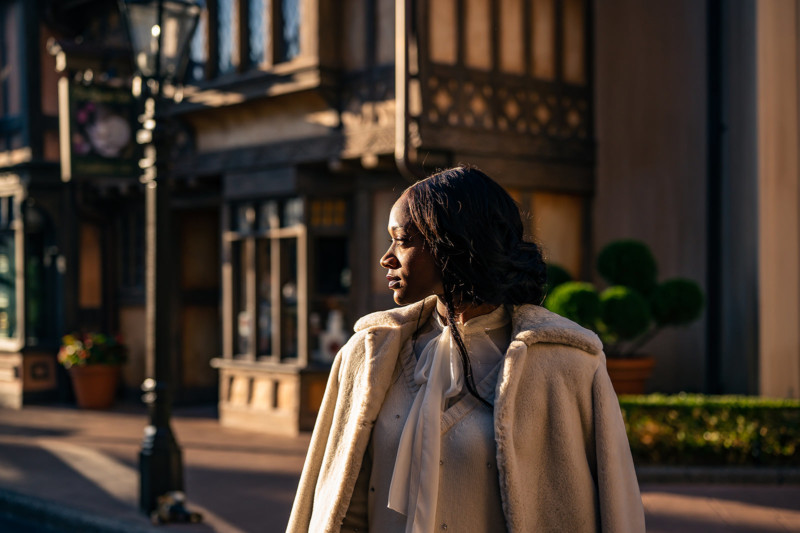
“Maybe that’s where I got it wrong. I thought that when you’re trying to convert someone to a new system, affordable and good was good enough,” Forbes admitted, perhaps mirroring Nikon’s conversations internally (speculation of course). “Maybe people are willing to pay for wide-open aperture and sharpness and MTF charts. Canon and Panasonic seem to be doing fine with that strategy.”
Circling back to the Z6 and Z7 bodies, they are actually very capable even if they don’t live up to their initial billing (a marketing gaff on the part of Nikon, not actually a problem with the engineering itself). Both cameras make great images, and though they do struggle a bit with white balance in some lighting conditions and focus issues do come up time and again, there is nothing that says “these are bad.”
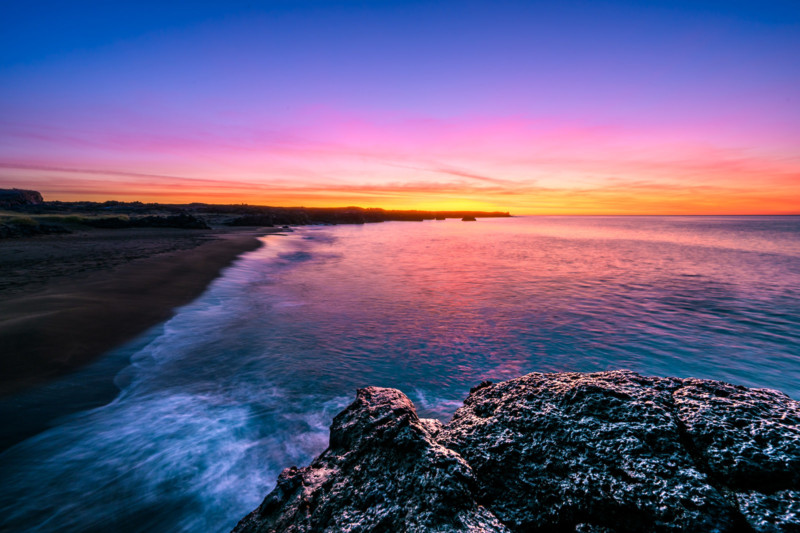
“There are a couple of things about the ergonomics that I prefer,” Watson said, explaining why he likes the Z system above others. “And this might be personal preference, but I shoot Manual Mode only so I’m not missing the exposure compensation dial.”
Watson told us that on other cameras that have it, it is for him a dial that largely goes unused and just takes up space.
“Also, when I’m holding the camera, my fingers don’t scrape on the lenses as they do on the Sonys,” he continued. “But the main thing is how quick and easy it is to switch between photo and video, so if you are a hybrid shooter, compared to Canon and Sony, the fastest one to switch between them is the Z series, with separate settings between them.”

At times though, the cameras do feel unfinished. There are weird ticks with using them that exist even today, despite user complaints over the last year.
If you want to adjust the ISO settings, there are no less than three ways to get there, and all three of them result in three different menus, and only one of them allows you to turn Auto ISO on and off. It’s an example of over-engineering, as it’s perfectly acceptable for all three options to give you the same menu.
Another issue that remains unfixed involves the joystick operation. If you are in the menu and use the joystick to navigate and choose press down on the joystick, which is an option, it doesn’t act as “enter,” but instead as “exist menu.” It’s wildly unintuitive.
“Their effort is pretty good for a first-generation, but it would be nice to see a move away from DSLR-ville,” Forbes says. He tells us that the cameras have a very distinctly DSLR-like feeling, as though they simply removed the mirror from a DSLR and the functionality required no other adjustment.
“They’re seeing mirrorless as a DSLR without a mirror box. They shouldn’t have compared these new bodies to anything. If they never claimed they were pro-level cameras, maybe things would be different,” Forbes says. “I have a strong belief that the ethos of the design was to not scare away DSLR owners.”

“People aren’t stupid. Even Nikon owners see the Z7 and a Z6 and probably ask themselves why this, and not a DSLR?” He continued. The Z6 and Z7 operate like a DSLR, so why not just get a DSLR that’s got a full-fledged system behind it?”
Despite being an overall fan of the Z system, Watson agreed with our final assessment (shared below).
“I don’t think they have shown us why their mount is good,” he told us frankly. “Their mount might be awesome, but they definitely haven’t shown me anything other than the 0.95, which I don’t think counts because it’s a specialty lens that few will ever get the chance to use.”
The Noct, which should be an outstanding lens and was made with the intention of showing off the Z mount, will remain completely unattainable for a vast majority of Nikon shooters and does a poor job of showing the everyman the advantages of the Z system.
“I want Nikon to show me why their lens mount is worth the switch, with a lens for everyone that justifies a new mount,” Watson reiterated. “Whether that be smaller, wider aperture, better quality, some kind of a zoom range that couldn’t be done before, whatever it is.”
There are other adjustments Nikon should make in the coming year as well, such as focusing.
“Randomly it just gets stuck on a background sometimes, and doesn’t quite want to change,” Watson says.
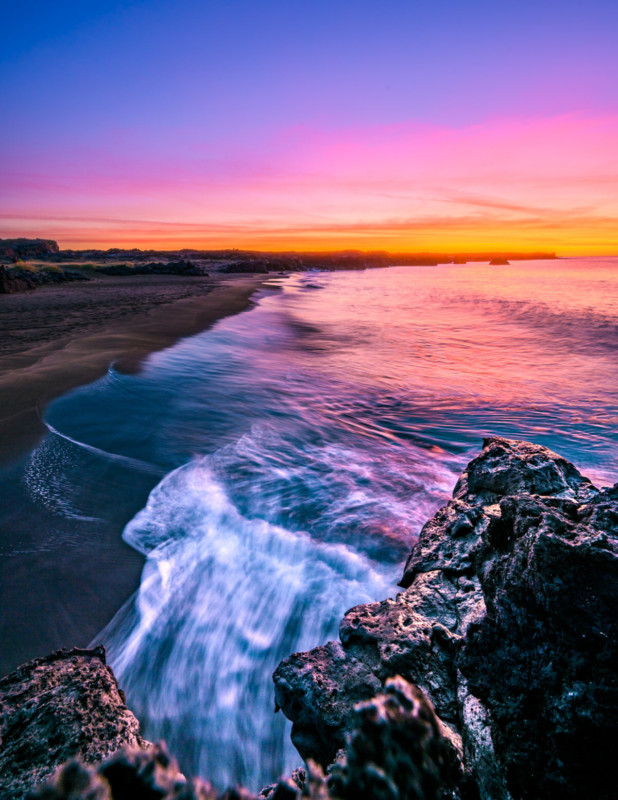
“Additionally, their face and eye detection only works in the widest mode and doesn’t work in any other mode,” Watson continues. “This can be an issue at weddings because there are people everywhere. Really only Sony has given us a face and eye detection we can use because there are too many faces. So you can pick a little tiny point and it will still look for an eye in that, where others cannot.”
Nikon’s strategy for the Z mount on paper looked solid: release professional-quality, high-end camera bodies alongside approachable, affordable lenses. Unfortunately, that strategy was upended by the perception that the Z6 and Z7 were not professional, leaving the system in an unfortunate limbo position. Not only do they not have high-end bodies, but they also lack high-end lenses. For those looking to switch, the question then became, “why?”
Though not the best launch of a system, Nikon did show that they are advancing in places they previously ignored. Full frame near-professional mirrorless is a huge step from their initial foray into mirrorless, and the video features on the Z cameras are far and away better than anything they had offered in the past. Looking at what Nikon is willing to do with the Z cameras that they were not in their DSLRs should paint a hopeful picture of Nikon’s future.
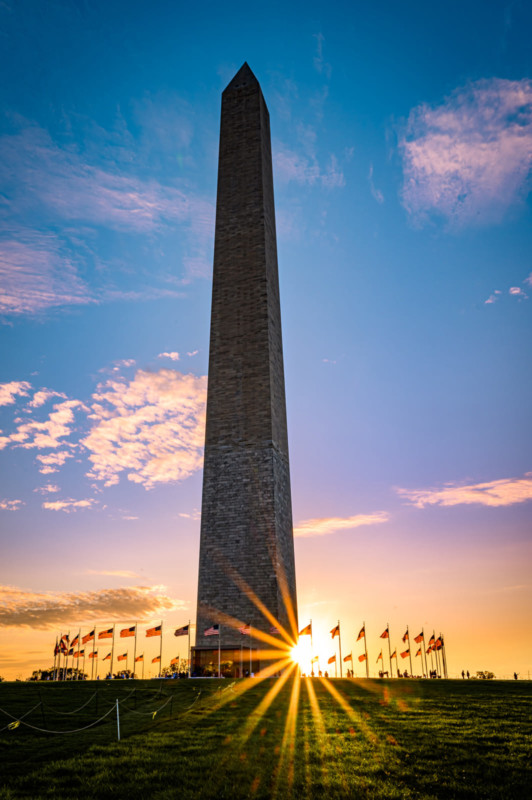
Nikon Z Mount in 2019
Strengths: Large library of affordable lenses – 10 – many of which are high-performing despite more closed apertures, three camera bodies released
Weaknesses: All camera bodies released seen as below pro-end when compared to the market, all but two lenses are not considered pro-level
Final score: C











